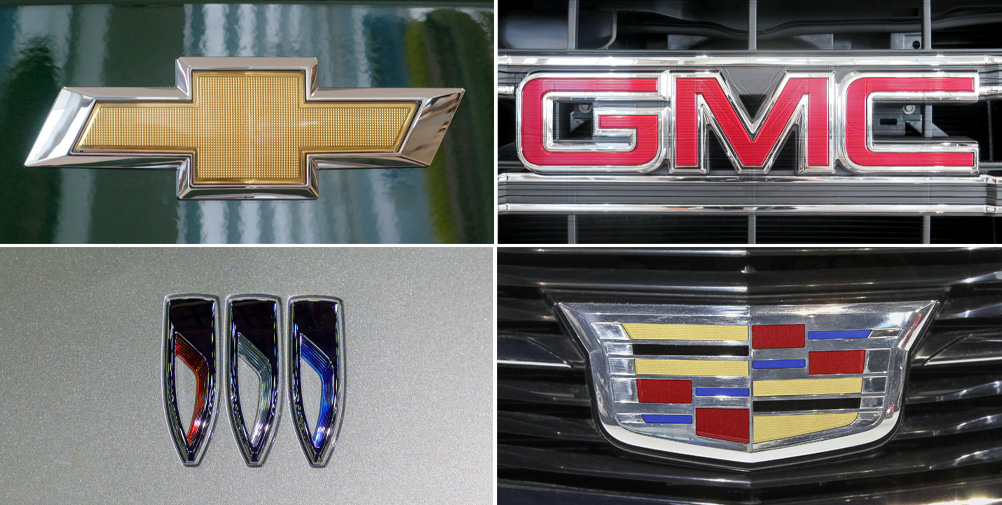
OEM Linking Pin: GM Adhesively Bonded Joint Repair
- Posted on 21 February 2024
As part of the I-CAR Repairability Technical Support (RTS) OEM linking pin activity, we are helping to connect the collision repair industry to the vehicle makers. We‘ve had technical inquiries that asked for clarification on repairing parts or assemblies with adhesively bonded joints on GM vehicles.
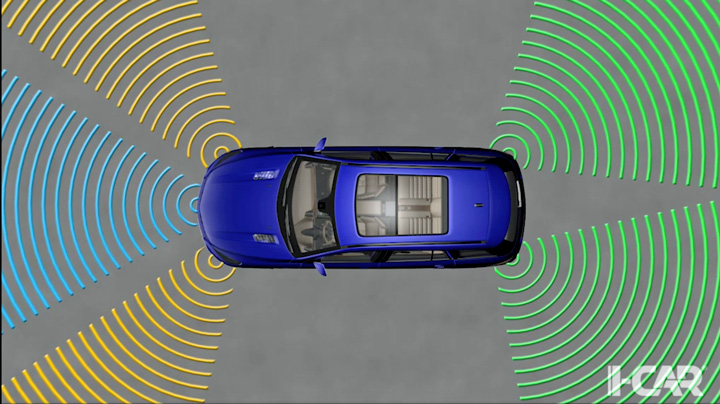
OEM ADAS Radar Optimized Color Resources
- Posted on 20 February 2024
Changes in advanced driver assistance systems (ADAS) radar technology are introducing new refinishing considerations. We know that paint film thickness can affect the performance of ADAS radars, but color formula selection may also be a contributing factor. What resources do repairers have available?
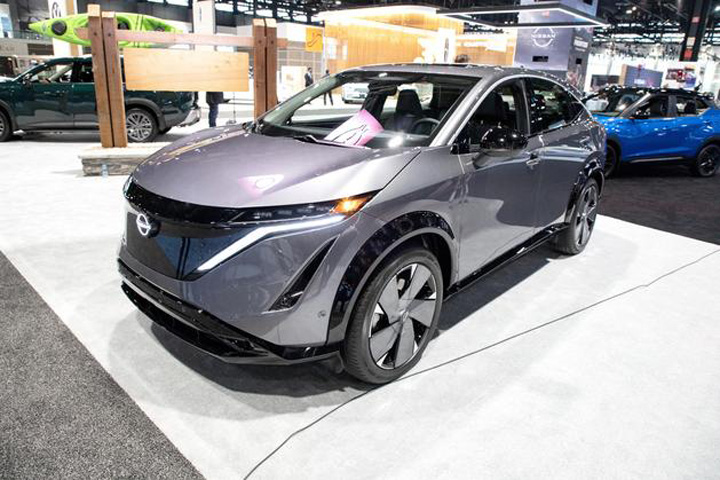
OEM ADAS Radar Optimized Color Resources: Nissan
- Posted on 20 February 2024
Changes in advanced driver assistance systems (ADAS) radar technology are introducing new refinishing considerations. We know that paint film thickness can affect the performance of ADAS radars, but color formula selection may also be a contributing factor. What resources do repairers have available? Let’s see what Nissan has to say.
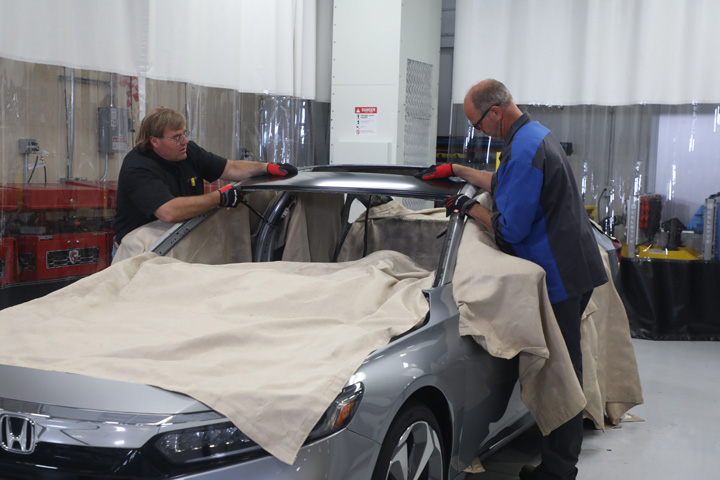
Common Mistakes: Panel Bonding
- Posted on 16 February 2024
When it comes to panel bonding, there are some common mistakes that can have a huge impact on the strength and quality of the repair.
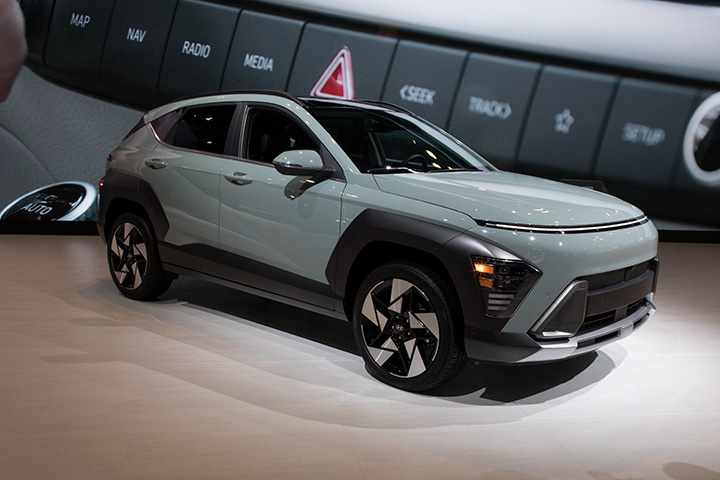
I-CAR Hyundai Collision Repair And Electromechanical Repair Courses
- Posted on 14 February 2024
I-CAR has developed courses that go into detail on electromechanical repair for Hyundai and a general collision repair overview as well.
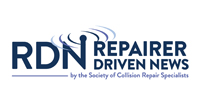
Repairer Driven News: CIC P-Pages Changes
- Posted on 09 February 2024
Repairer Driven News (RDN) has released an article highlighting changes made to estimating systems' P-pages.

High-Voltage Handling And Storage Considerations: Audi
- Posted on 08 February 2024
High-voltage (HV) vehicles have some special considerations for handling and storing HV batteries and other components. The dangers of HV batteries are potential even after removal which is why certain precautions are needed. Let’s see what Audi has to say.
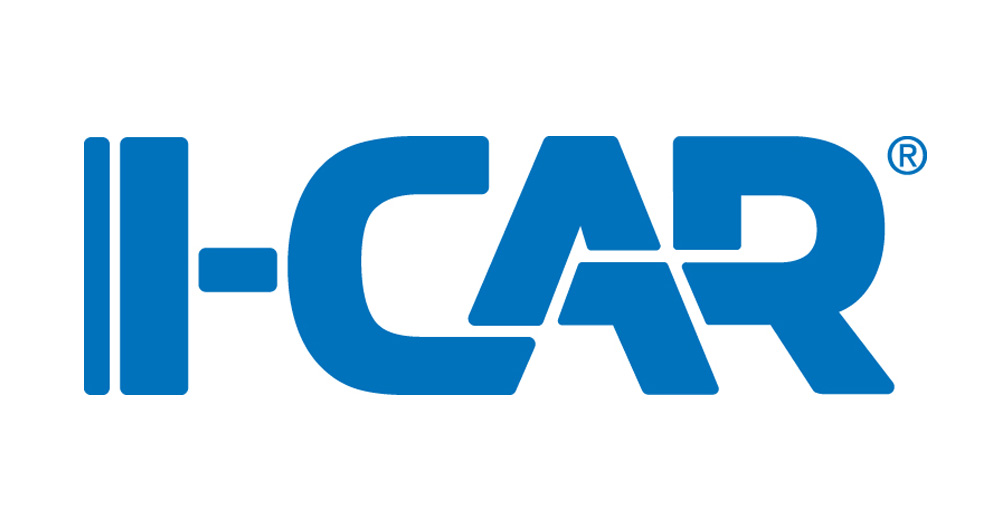
I-CAR Vehicle Technology And Trends 2024 Course
- Posted on 06 February 2024
I-CAR has developed a course that overviews vehicles technology and designs in the 2024 model year.
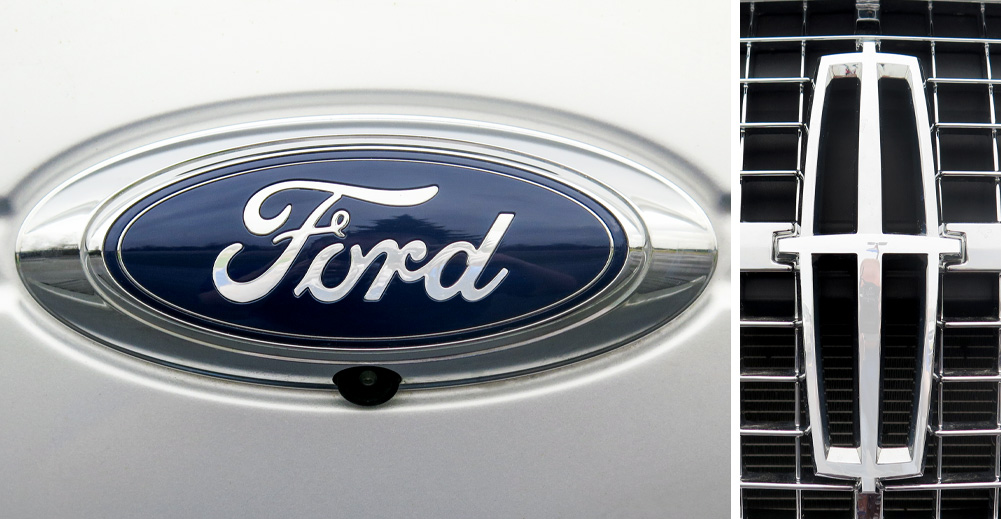
OEM-Approved Connector and Pigtail Repair Resources: Ford/Lincoln
- Posted on 02 February 2024
When confronted with a wiring harness repair we often struggle finding the correct connector and pigtail repair kits. Often a specific connector may be used on multiple applications. If the connector is allowed to be replaced, what resources are available to locate approved wiring connector and pigtail repair kits? Let’s see what is available from Ford and Lincoln.
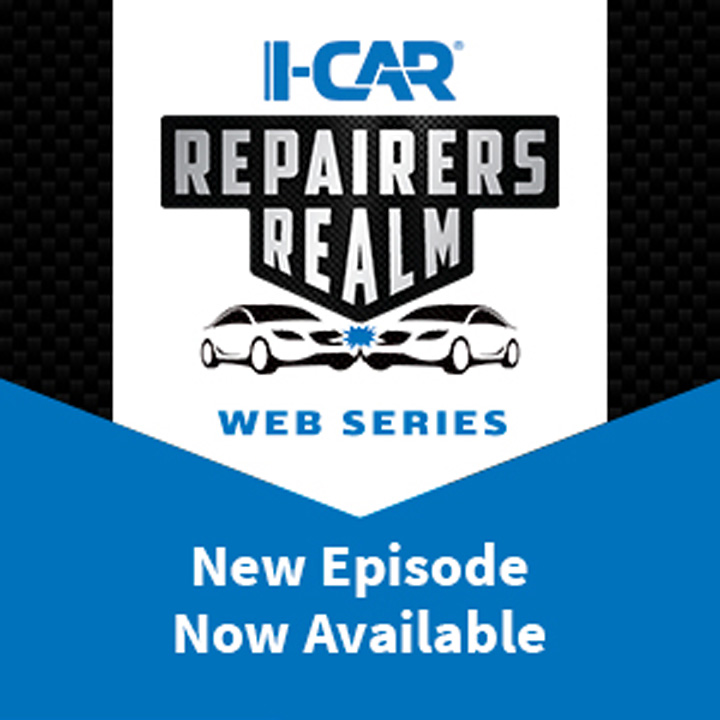
I-CAR Repairers Realm: RAM ProMaster Hinge Pillar Repair - Now Available
- Posted on 01 February 2024
I-CAR had a discussion on RAM ProMaster hinge pillar repair.
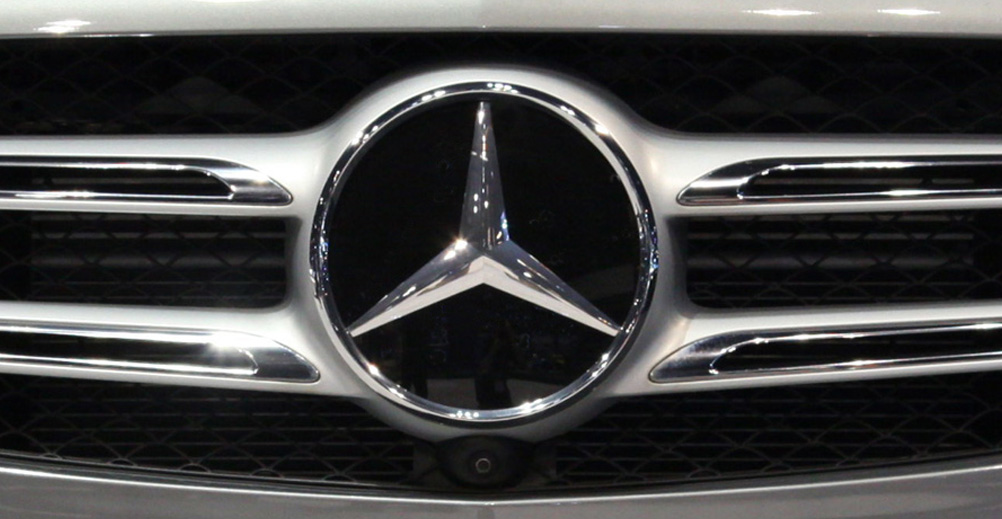
48-Volt Mild Hybrid Systems: Mercedes-Benz
- Posted on 31 January 2024
Mild hybrid systems are not new. They were some of the first hybrid vehicles to be put into production. The 48-volt mild hybrid system is now becoming more common among some vehicle makers. What consideration are there for repairing a vehicle equipped with a 48-volt mild hybrid system? Let’s see what Mercedes-Benz has to say.
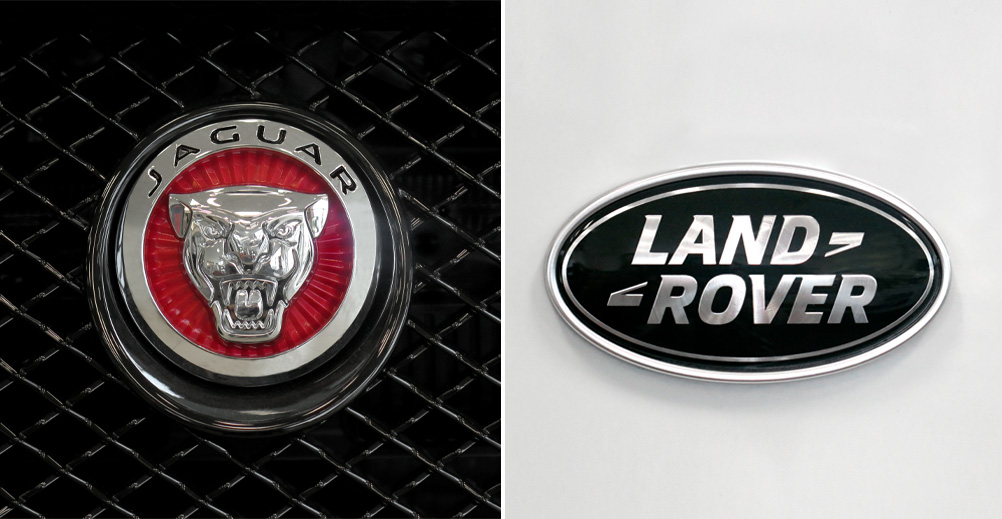
OEM Emergency Response Guides: Jaguar Land Rover - UPDATE
- Posted on 26 January 2024
Are you looking for OEM emergency response guides (ERGs)? The Repairability Technical Support (RTS) team has located these guides and either houses them on the RTS website, provides links to webpages that house them, or provides articles with instructions on how to locate them.

Repairer Driven News: Radar Compliant Refinish Materials
- Posted on 25 January 2024
Repairer Driven News (RDN) released an article highlighting radar compliant refinish materials.
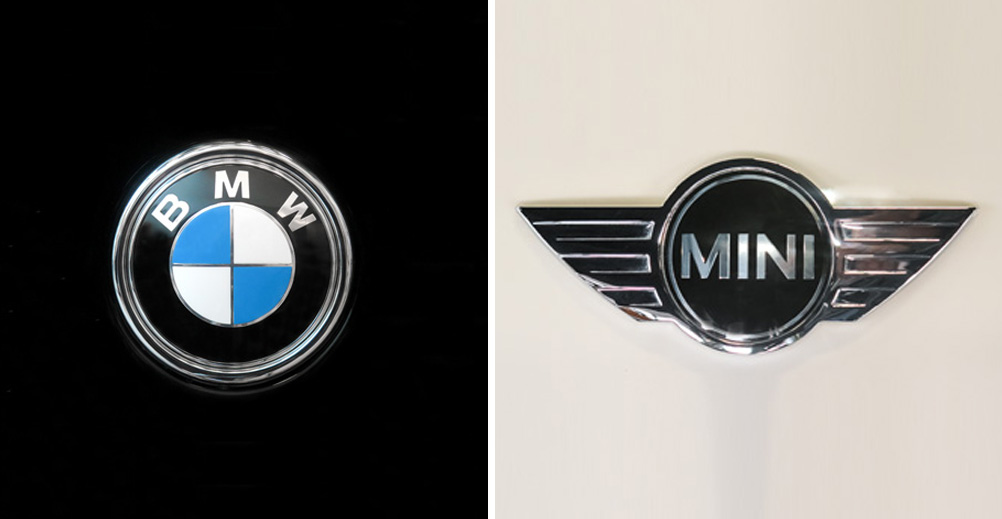
Straightening And Heat: BMW/Mini
- Posted on 24 January 2024
A question often asked of the Repairability Technical Support (RTS) team is, "Can heat be used to straighten?" Several OEMs provide steel repairability matrices that provide heating times and temperature limits based on the type of metal being repaired, while other OEMs have restrictions on using heat at all. Let’s see what BMW/Mini has to say.
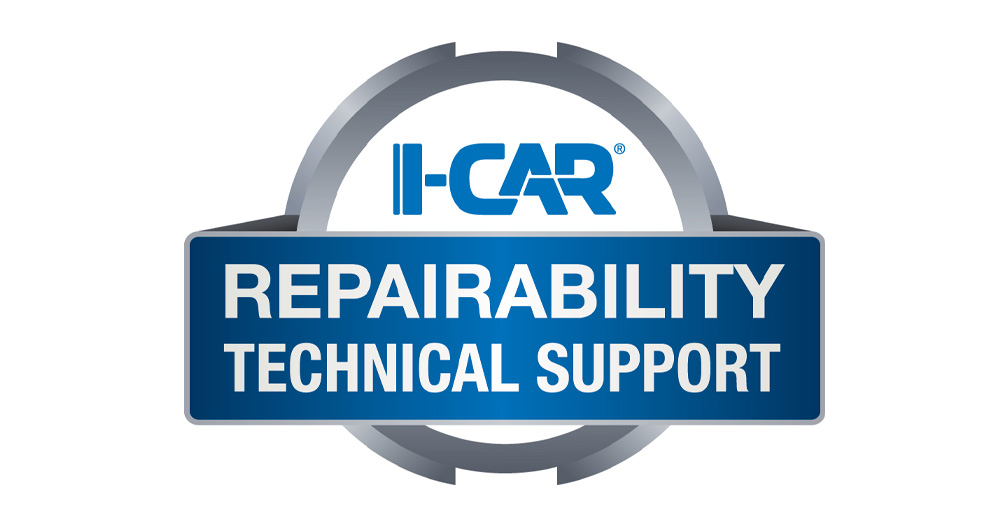
Your 2023 Favorites: Top 20 Sectioning and Partial Part Vehicles
- Posted on 19 January 2024
Now that the new year is underway, let’s take a look at your 2023 favorite vehicles in the OEM Partial Part Replacement Search.
-
Toyota/Lexus/Scion Position Statement: Pre- and Post-Repair System Scanning
Thursday, 28 July 2016
As the industry continues to ask if pre- and post-repair system scanning is necessary, Toyota/Lexus/Scion provides their answer.
-
Pre- and Post-Repair System Scanning Statements
Wednesday, 9 January 2019
Are you wondering if a particular OEM or organization has a published statement on pre-repair and post-repair scanning? We have compiled a list of most of the statements on the subject, so you can...
-
ADAS, Calibration, And Scanning Article Hotspot
Monday, 14 January 2019
Since advanced driver assistance systems (ADAS), scanning, and calibration first started becoming relevant, members of the collision repair industry have required as much knowledge as possible on...
-
BMW Position Statement: Pre- and Post-Repair System Scanning - UPDATE
Friday, 10 April 2020
BMW has released a position statement related to pre- and post-repair system scanning. The statement applies to All vehicles equipped with on board diagnostics II (OBD II).
-
Honda/Acura Position Statement: Pre- and Post-Repair System Scanning - UPDATE
Wednesday, 22 May 2019
Honda /Acura has updated their position statement on pre- and post-repair scanning to give more clarification on what is expected for scanning.
-
Quickly Identifying Outer Quarter Panels w/Rolled Hem Flanges
Monday, 5 March 2018
The I-CAR best practice article, Recycled Outer Quarter Panels w/Rolled Hem Flanges has gotten a lot of interest from the collision repair industry. It’s important to know which vehicles are...
-
General Motors Position Statement: Pre- and Post-Repair System Scanning
Friday, 21 October 2016
As the industry continues to ask, are pre- and post-repair scans necessary, General Motors provides their answer.
-
Restraints Wiring Repairs
Monday, 23 May 2016
Over the past few months, we've been sharing OEM position statements on restraints wiring repairs. Now we're bringing them all together in one place for easy reference.
-
FCA/Stellantis Position Statement: Pre- and Post-Repair System Scanning
Thursday, 9 June 2016
FCA/Stellantis has released a position statement related to pre- and post-repair system scanning.
-
Typical Calibration Requirements For Forward Radar Sensors
Wednesday, 12 October 2016
Technicians should be aware of what’s required to keep advanced driver assistance systems (ADAS) running safely after a collision. Whether that be aiming a camera, which can cause a system to not...
-
I-CAR Repairers Realm: New In 2026: I-CAR Academy - Coming Soon
Tuesday, 20 January 2026
I-CAR is having a discussion on I-CAR Academy.
-
Your 2025 Favorites: Top Articles
Friday, 16 January 2026
As 2026 rolls in, we can reflect back on what the previous year had to offer. Let's take a look at some of the collision industry information you've been most interested in from this past year....
-
App-Based Connected Services Considerations: Toyota/Lexus
Thursday, 15 January 2026
Have you had the experience where the vehicle notified the owner that it was being moved while it was in your repair facility? App-based connected services are available from many vehicle makers and may...
-
Digital Key Considerations: Toyota/Lexus
Thursday, 15 January 2026
The intermingling of technology and automobiles continues, with digital key offerings from most vehicle makers. Digital keys utilize smartphone technology to expand vehicle access and owner...
-
Nissan/INFINITI Position Statements: Advanced Driver Assistance System Components
Thursday, 8 January 2026
Nissan/INFINITI released position statements on the use of salvaged, aftermarket, and "secondary-market" advanced driver assistance systems (ADAS) components.
-
I-CAR Repairers Realm: RTS 2025 Year In Review - Now Available
Tuesday, 6 January 2026
I-CAR had a discussion on the Repairability Technical Support (RTS) 2025 year in review.
-
Ford On Target 2025: Volume 4
Monday, 5 January 2026
Ford has released the fourth installment of their On Target publication for 2025.
-
Structural Sectioning Procedures: Ford/Lincoln - UPDATE
Friday, 19 December 2025
Ask I-CAR receives many technical inquiries referring to sectioning. The collision repair industry wants to know where can you section, does the OEM have a sectioning procedure, and where can I find the...
-
Body Repair Manual Symbols: Hyundai
Wednesday, 17 December 2025
While looking at repair procedures in a body repair manual (BRM) you may notice that symbols are used to indicate specific operations or parts to be used during the repair process. Most BRMs provide a...
-
Body Repair Manual Symbols: Genesis
Wednesday, 17 December 2025
While looking at repair procedures in a body repair manual (BRM) you may notice that symbols are used to indicate specific operations or parts to be used during the repair process. Most BRMs provide a...
- 2026
- January 2026 (7)
- 2025
- December 2025 (8)
- November 2025 (11)
- October 2025 (13)
- September 2025 (11)
- August 2025 (12)
- July 2025 (11)
- June 2025 (11)
- May 2025 (11)
- April 2025 (13)
- March 2025 (12)
- February 2025 (11)
- January 2025 (12)
- 2024
- December 2024 (8)
- November 2024 (10)
- October 2024 (13)
- September 2024 (10)
- August 2024 (12)
- July 2024 (11)
- June 2024 (9)
- May 2024 (13)
- April 2024 (12)
- March 2024 (12)
- February 2024 (12)
- January 2024 (9)
- 2023
- December 2023 (8)
- November 2023 (12)
- October 2023 (11)
- September 2023 (11)
- August 2023 (12)
- July 2023 (9)
- June 2023 (11)
- May 2023 (12)
- April 2023 (11)
- March 2023 (12)
- February 2023 (10)
- January 2023 (11)
- 2022
- December 2022 (11)
- November 2022 (12)
- October 2022 (11)
- September 2022 (13)
- August 2022 (11)
- July 2022 (10)
- June 2022 (13)
- May 2022 (11)
- April 2022 (12)
- March 2022 (10)
- February 2022 (11)
- January 2022 (13)
- 2021
- December 2021 (13)
- November 2021 (11)
- October 2021 (13)
- September 2021 (14)
- August 2021 (12)
- July 2021 (15)
- June 2021 (17)
- May 2021 (11)
- April 2021 (14)
- March 2021 (20)
- February 2021 (14)
- January 2021 (14)
- 2020
- December 2020 (13)
- November 2020 (17)
- October 2020 (12)
- September 2020 (14)
- August 2020 (11)
- July 2020 (18)
- June 2020 (14)
- May 2020 (14)
- April 2020 (19)
- March 2020 (12)
- February 2020 (13)
- January 2020 (14)
- 2019
- December 2019 (13)
- November 2019 (19)
- October 2019 (25)
- September 2019 (20)
- August 2019 (22)
- July 2019 (23)
- June 2019 (20)
- May 2019 (19)
- April 2019 (20)
- March 2019 (20)
- February 2019 (18)
- January 2019 (17)
- 2018
- December 2018 (18)
- November 2018 (19)
- October 2018 (17)
- September 2018 (16)
- August 2018 (21)
- July 2018 (20)
- June 2018 (21)
- May 2018 (17)
- April 2018 (19)
- March 2018 (21)
- February 2018 (15)
- January 2018 (20)
- 2017
- December 2017 (13)
- November 2017 (15)
- October 2017 (19)
- September 2017 (20)
- August 2017 (19)
- July 2017 (18)
- June 2017 (19)
- May 2017 (18)
- April 2017 (13)
- March 2017 (18)
- February 2017 (10)
- January 2017 (11)
- 2016
- December 2016 (9)
- November 2016 (14)
- October 2016 (21)
- September 2016 (10)
- August 2016 (11)
- July 2016 (8)
- June 2016 (10)
- May 2016 (5)
- April 2016 (11)
- March 2016 (12)
- February 2016 (10)
- January 2016 (8)
- 2015
- December 2015 (9)
- November 2015 (6)
- October 2015 (8)
- September 2015 (7)
- August 2015 (11)
- July 2015 (7)
- June 2015 (5)
- May 2015 (7)
- April 2015 (8)
- March 2015 (8)
- February 2015 (9)
- January 2015 (10)
- 2014
- December 2014 (12)
- November 2014 (7)
- October 2014 (11)
- September 2014 (10)
- August 2014 (9)
- July 2014 (12)
- June 2014 (9)
- May 2014 (12)
- April 2014 (9)
- March 2014 (6)
- February 2014 (1)
- January 2014 (26)










